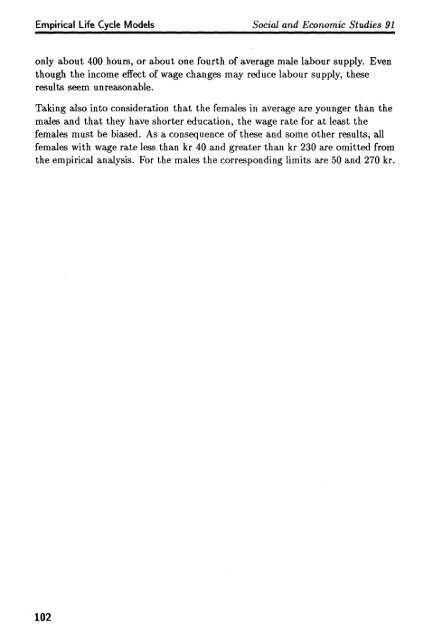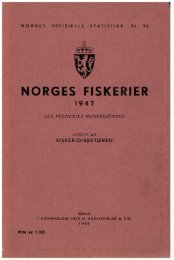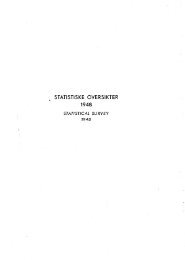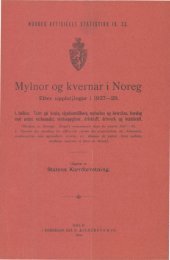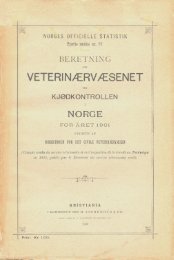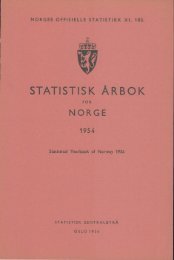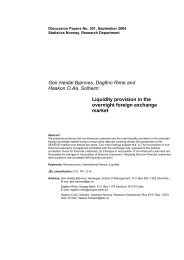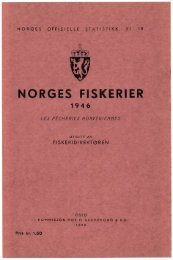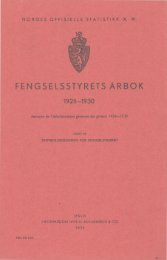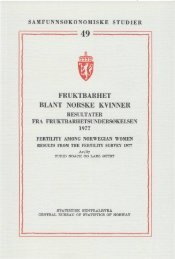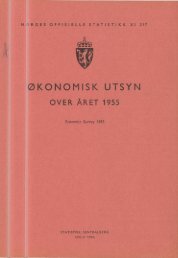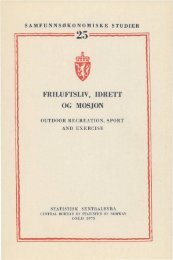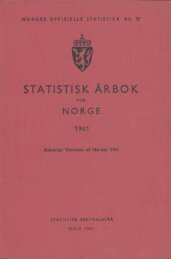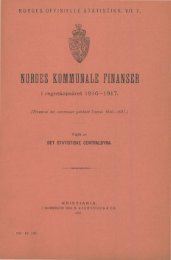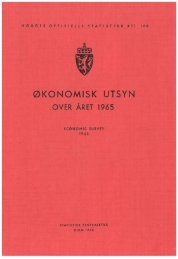Empirical life cycle models of labour supply and - Statistisk sentralbyrå
Empirical life cycle models of labour supply and - Statistisk sentralbyrå
Empirical life cycle models of labour supply and - Statistisk sentralbyrå
Create successful ePaper yourself
Turn your PDF publications into a flip-book with our unique Google optimized e-Paper software.
<strong>Empirical</strong> Life Cycle Models Social <strong>and</strong> Economic Studies 91<br />
only about 400 hours, or about one fourth <strong>of</strong> average male <strong>labour</strong> <strong>supply</strong>. Even<br />
though the income effect <strong>of</strong> wage changes may reduce <strong>labour</strong> <strong>supply</strong>, these<br />
results seem unreasonable.<br />
Taking also into consideration that the females in average are younger than the<br />
males <strong>and</strong> that they have shorter education, the wage rate for at least the<br />
females must be biased. As a consequence <strong>of</strong> these <strong>and</strong> some other results, all<br />
females with wage rate less than kr 40 <strong>and</strong> greater than kr 230 are omitted from<br />
the empirical analysis. For the males the corresponding limits are 50 <strong>and</strong> 270 kr.<br />
102


